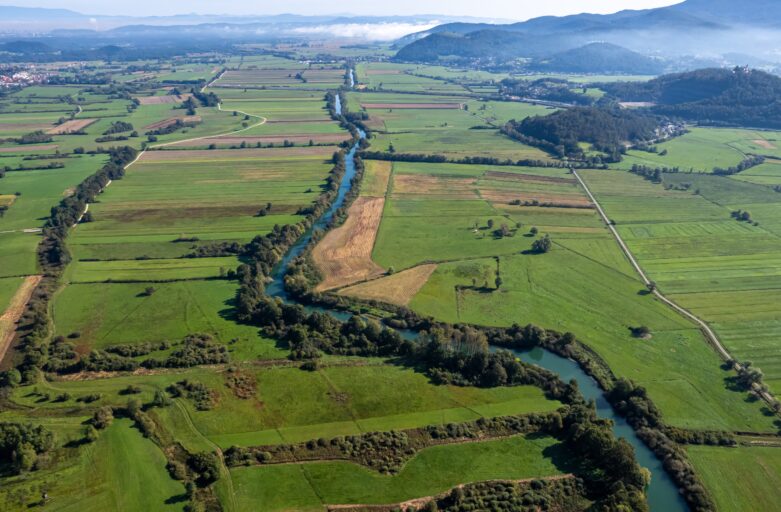Great insight from the following article. https://www.gsd.harvard.edu/2023/03/designing-food-security-in-rural-mississippi/
- Persistent Food Crisis: Mississippi has faced a long-standing food crisis, with almost 19 percent of its population, including 25 percent of children, experiencing food insecurity despite the state’s agricultural potential.
- Historical Exploitation: The crisis stems from a history of exploitation, where valuable farmland, primarily used for crops like soy and hay, was taken from Black and Indigenous communities, perpetuating a legacy of slavery.
- Limited Access and Imports: Limited access to fresh produce is exacerbated by a lack of grocery stores, leading to reliance on imports. Dollar General stores, which do not sell fresh produce, often serve as the nearest food source, especially in rural areas.
- Piney Woods School Initiative: The Piney Woods School, founded in 1909, becomes a focal point for addressing food insecurity. Design initiatives focus on joy, flexibility, and integration of farming into education. Efforts include terraced farming, a new makerspace, personal plots for students, and mushroom farming, aiming to create a center for agricultural research and education.
- Balancing Tradition and Progress: Efforts to address the food crisis emphasize respecting the school’s history and promoting agricultural research while integrating innovative solutions. The goal is to create sustainable agricultural practices, engage students, and empower the community, embracing the past while addressing future challenges.
